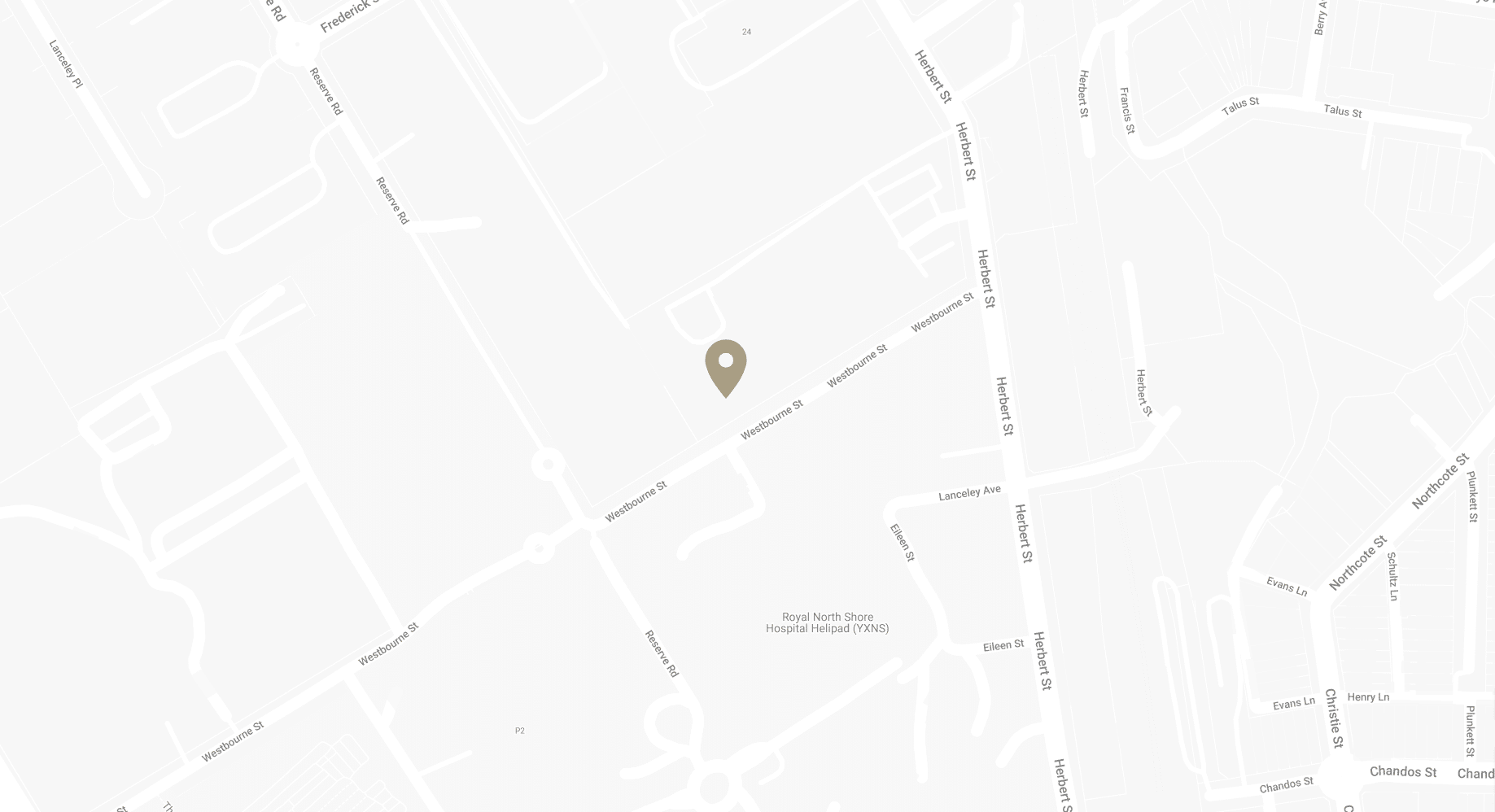Why It Is Important to Wear Compression Garments after Body Lift Surgery
The post-operative period after a body lift is a crucial time that demands careful management to ensure a smooth recovery. One of the elements to consider is the use of compression garments after body lift surgery.
In this blog, Sydney Specialist Plastic Surgeon Dr Bish Soliman will discuss all the details you need to know about compression garments after body lift surgery.
Download Dr Bish Soliman Abdominoplasty Guide
How Is the Recovery after a Body Lift Surgery
After undergoing a body lift, you enter a phase where your body starts to heal and adapt to the changes. This period is vital, and your actions during this time can significantly influence the outcome of your surgery. A body lift is a major procedure, and recovery can be extensive. It’s not just about waiting for wounds to heal, but ensuring that your body contours are preserved, swelling is managed, and the risk of complications is minimised.
You must follow Dr Soliman’s post-operative instructions to the letter, which will include guidance on rest, diet, and physical activity. One of the essential instructions will likely involve the wearing of compression garments. This might be a new term for you, or perhaps something you’ve only heard in passing.
What are Compression Garments?
Compression garments are specially designed pieces of clothing that apply consistent pressure to the body. They are often used in medical settings, particularly after surgeries like liposuction, body lifts, and tummy tuck – abdominoplasty. These garments are made from elastic materials that are meant to conform to your new body shape while providing the support and pressure needed during recovery.
The primary function of these garments is to reduce swelling, provide support to surgical areas, and enhance the overall recovery process. They come in various designs, including full body suits, shorts, sleeves, and wraps, each tailored for specific body parts and types of procedures. You will find that these garments are engineered to meet the unique needs of individuals recovering from body contouring procedures.
The idea of wearing a tight garment might seem uncomfortable or even daunting at first, but it is a temporary measure that plays a significant role in achieving the best possible results from your surgery.
Benefits of Wearing Compression Garments after Body Lift
The adoption of compression garments after body lift surgery is not without reason. These garments come with multiple benefits that contribute to an efficient and more comfortable recovery phase.
- Compression garments are excellent for reducing swelling. After a body lift, your body’s natural response is to swell in the areas that were operated on. This is part of the healing process, but excessive swelling can be uncomfortable and may even prolong your recovery. Compression garments apply gentle pressure that helps to limit the body’s tendency to swell, thereby reducing discomfort and potentially speeding up your recovery time
- Another benefit is the support they provide. Your muscles and skin need time to adapt to their new positions after a body lift. Compression garments offer support to these tissues, which can alleviate pain and reduce the risk of the skin sagging or stretching in undesirable ways as it heals. This support is also thought to help in the formation of a more aesthetically pleasing body contour
- They can assist in reducing the risk of post-operative complications. By supporting your body and limiting movement in the early stages of recovery, compression garments can help prevent seromas (pockets of fluid that can form after surgery) and other complications. They also promote blood circulation, which is essential for healing and helps to reduce the risk of blood clots
How to Choose the Best Compression Garments for Post-Surgery Recovery
With many options available, selecting the right garment can seem overwhelming. However, by considering a few factors, you can make an informed decision that will benefit your recovery process:
- Fit is important. A garment that is too tight can hinder circulation and cause discomfort or even complications, while one that is too loose won’t provide the necessary support. It’s important to get accurately measured and to consult with Dr Soliman or a specialist in medical garments to ensure that you get the right size
- The fabric of the garment is also important. Look for materials that are breathable and flexible, to maintain comfort during extended periods of wear. It should be capable of wicking away moisture to help keep your skin dry, which is particularly important in preventing infection at incision sites
- Consider the design of the garment. It should align with the specific areas of your body that were addressed during your body lift. Different designs target different areas, so make sure you have a clear understanding of which parts of your body need the compression the most and select a garment that fits those requirements
What to Look for in Compression Garments
Here are certain qualities that are consistently associated with high-performing compression garments:
- A good compression garment should have seamless stitching to prevent irritation on your sensitive post-surgery skin. It should also have adjustable features, such as hooks, zippers, or Velcro closures, to help you get the perfect fit as your body changes during the recovery process
- Another aspect to consider is the longevity of the garment. Since you’ll be wearing the garment for an extended period, it should be durable and maintain its elasticity after multiple washes. High-quality garments are designed to withstand regular use without losing their compressive properties
Caring for Your Compression Garments
Once you have selected and begun using your compression garments, proper care is essential to maintain their effectiveness. Here are some tips to ensure that your garments remain in optimal condition throughout your recovery period:
- Follow the care instructions provided by the manufacturer. Each garment may have specific requirements in terms of washing and drying. Typically, it’s best to hand wash your compression garments in cold water with a gentle detergent and allow them to air dry. Avoid using fabric softeners or bleach, as these can break down the materials and reduce the garment’s effectiveness
- It’s also advisable to have more than one garment on hand. This way, you can wear one while the other is being washed and dried. Rotating between garments not only maintains hygiene but also ensures that you’re never without the necessary compression at any point in your recovery
- Inspect your garments regularly for signs of wear and tear. Over time, elastic materials can degrade, especially under constant use and washing. If you notice that the garment is becoming too loose or is no longer providing adequate compression, it’s time to replace it. Wearing a garment that has lost its compressive ability can compromise your recovery results
By choosing the right garment, ensuring a proper fit, and taking good care of it, you can significantly enhance your comfort and the results of your procedure. Remember that while they may be uncomfortable at times, compression garments are a temporary but vital part of your journey after body lift surgery.
FAQs about Body Lift Surgery
Is it difficult to sleep with compression garments after body lift?
- Sleeping with compression garments after a body lift surgery can be challenging for some patients, primarily due to the added pressure and the unfamiliar sensation of tightness around the treated areas. But most people adjust to the feeling within a few days. The garments are designed to support the healing process, reduce swelling, and improve blood circulation, which can actually contribute to a more comfortable recovery. Choosing a garment that fits well and is made from breathable, flexible materials can significantly enhance sleep quality during the recovery period.
How long should I wear compression garments after body lift surgery?
- The duration for wearing compression garments after a body lift surgery varies depending on the extent of the procedure and individual healing processes. Typically, Dr Soliman recommends wearing them for a minimum of 6 weeks. However, some patients may need to wear them longer, up to 8 to 12 weeks, especially if their recovery is slower or if they experience significant swelling. It’s important to follow Dr Soliman’s specific recommendations to ensure the best outcomes from your body lift surgery.
What happens if you don’t wear compression garments after body lift?
- Not wearing compression garments after a body lift can increase the risk of complications during the recovery process. Without the supportive pressure these garments provide, patients may experience increased swelling, bruising, and discomfort. Additionally, compression garments help to shape and contour the body by reducing fluid accumulation and assisting in the adherence of skin to the underlying tissues, which can be compromised if the garments are not used as directed. This can potentially lead to prolonged recovery times and may affect the overall aesthetic results of the surgery.
What is the best compression garment to wear after body lift?
- The best compression garment to wear after a body lift is one that is specifically recommended by Dr Soliman, as it needs to fit your body’s contours and surgical areas accurately. Ideally, it should be made from a breathable, flexible material that offers even compression without causing discomfort. Look for garments with adjustable straps or closures to accommodate changes in swelling and ensure a snug fit throughout the recovery period. High-quality medical-grade compression garments that are designed for post-surgical recovery often provide the best support and comfort.
What are stage 1 and stage 2 compression garments?
- Stage 1 and Stage 2 compression garments are designed to be worn at different phases of the recovery process after surgical procedures, including body lifts. Stage 1 garments are used immediately after surgery, offering high compression to help reduce swelling and support the healing tissues. They are designed for the initial weeks post-surgery when swelling is most significant. Stage 2 garments are used during the later stages of recovery, usually after 2-4 weeks, providing less compression. They are more comfortable for extended wear and are designed to shape and contour the body as it heals. Transitioning from Stage 1 to Stage 2 garments is an important step in the recovery process, helping ensure optimal healing and aesthetic results.
Further Reading about Body Procedures with Sydney Specialist Plastic Surgeon Dr Bish Soliman
References about Compression Garments after Body Lift




